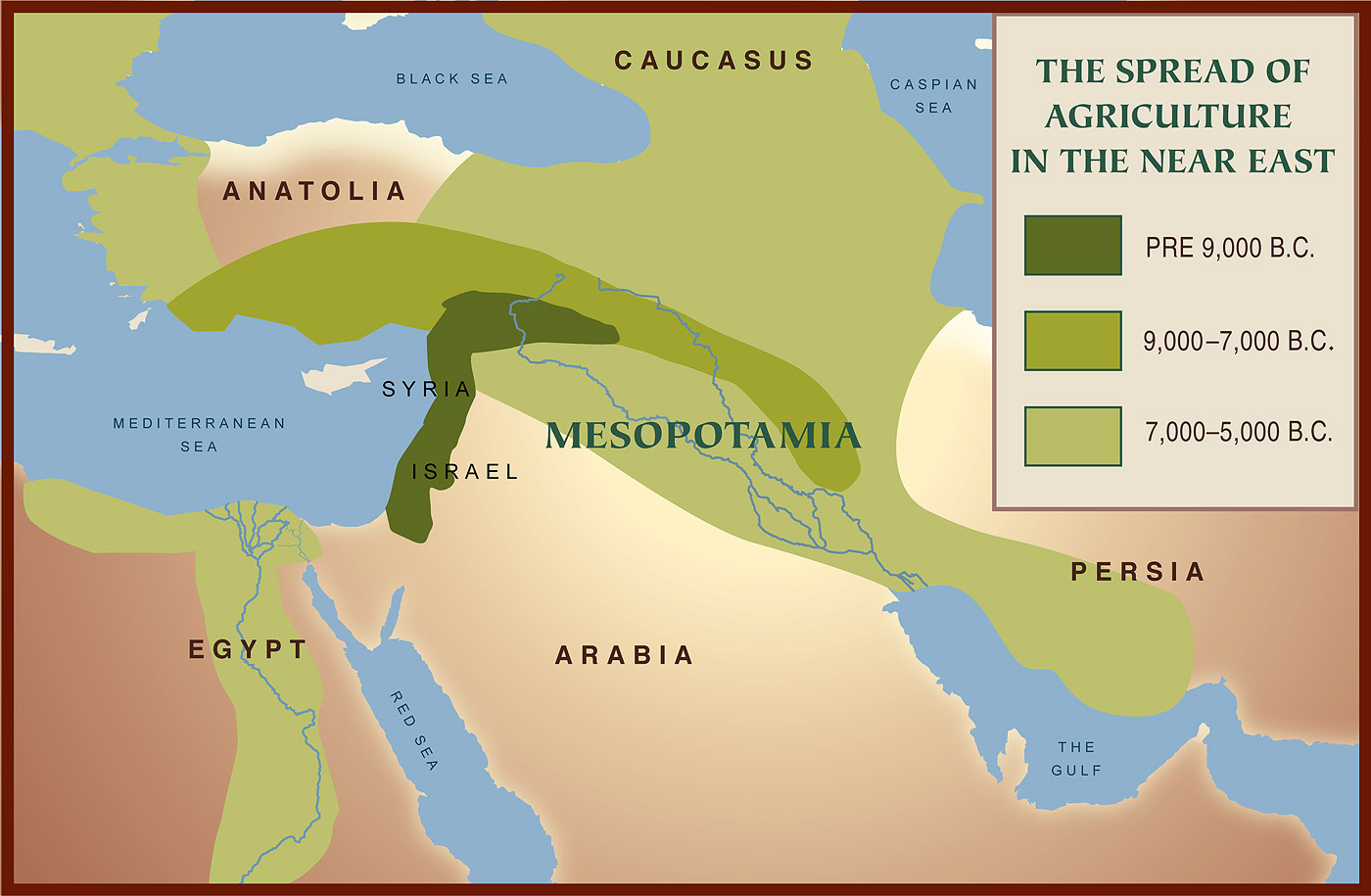Tomenable
Elite member
- Messages
- 5,419
- Reaction score
- 1,337
- Points
- 113
- Location
- Poland
- Ethnic group
- Polish
- Y-DNA haplogroup
- R1b-L617
- mtDNA haplogroup
- W6a
Whatever it was it needs to explain why farmer autosomal was very high but their Y G2a very low in mid and late Neolithic
All that we have are ridiculously small sample sizes from ridiculously small number of places.
It is like talking about genetic structure of all Europeans based on 10 inhabitants of 2 villages.
H-Gs transferred their Y DNA into farmers but not the Autosomal.
Everyone inherits about 50% of their autosomal DNA from father, and about 50% from mother.
But if R marries a 100% Neolithic farmer women, their son will still have R but will be 50% Neolithic.
If that son then marries a 100% Neolithic women then their son will also have R, but will be 75% Neolithiic.
If that son then marries a 75% Neolithic women, their son will still have R, but will be 87,5% Neolithic.
So frequencies of haplogroups can change drastically without so much change in autosomal DNA.




